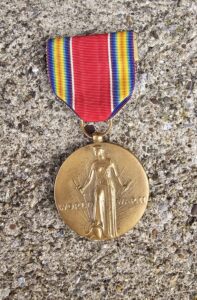1946 Seagrave Firetruck
The Ashland County Historical Society recently transferred the ownership of their 1946 Seagrave Firetruck to the Whitmore Car Museum in Ashland, Ohio.
The museum felt it was important to keep this piece of history in the Ashland Community where more people can see and enjoy it. The truck had been in an off-site storage area for more than six years because the museum did not have the facilities to store such a large item. They were thrilled when another museum in the same town expressed interest in restoring and maintaining the firetruck for the community.
Museums follow a protocol for deaccessioning artifacts. The first step involves contacting the original donor to see if they want the item back. The museum contacted the original private donor who permitted them to find a good home for the firetruck. The next step was to contact other museums where the firetruck would benefit their collection. The Whitmore Car Museum was the logical choice for housing this important Ashland artifact.
Meanwhile, the museum has just completed the Ashland County First Responders exhibit, and the restoration of the juvenile detention cells. These two important projects are a tribute to the brave people who have served Ashland County over the years.
The Ashland County Historical Society is a private 501 (c) (3) institution supported by memberships and donors. The museum had a small fund established for the care of the firetruck, that has been depleted due to maintenance, storage facility charges, and insurance coverages. The historical society has no plans to construct a building capable of storing the firetruck, and the ongoing costs do not support their current collection plans.

The decision to transfer the ownership of the firetruck was not taken lightly by the organization. The future costs of storage, maintenance, and insurance were considered and it was agreed that the Whitmore Car Museum was better equipped to handle the display of the artifact.





